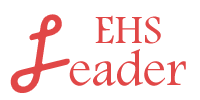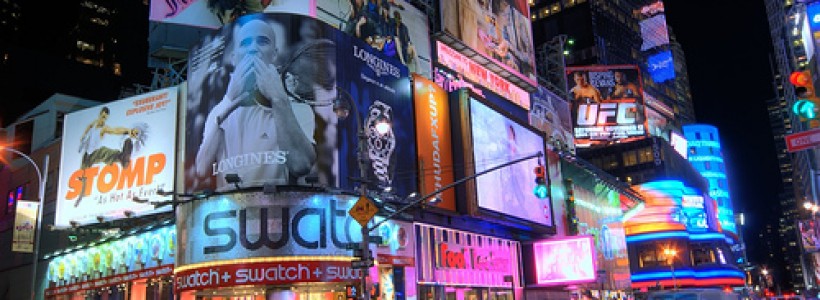Extended EU RoHS exemption for cadmium in illumination and display lighting applications proposed
In order to distinguish between the use in illumination and the use in display lighting, Exemption 39 would be split into two exemptions. The use of cadmium in downshifting cadmium based semiconductor nanocrystal quantum dots for use in display lighting applications should therefore be exempted from the prohibition until 30 June 2018. In addition, the validity period of point 39 in Annex III should be extended until 30 June 2017, in order to ensure legal certainty and allow the illumination sector to continue their research in quantum dot technology. These are short transitions periods which are unlikely to have adverse impacts on innovation and the development of cadmium free alternatives.
Existing Annex III exemption 39 permits the use of cadmium in colour converting II-VI LEDs for solid state illumination and displays. The colour converting component in LEDs consists of cadmium containing quantum dots. Quantum dots are state of the art technology with significant advantages regarding energy efficiency and colour performance. Exemption 39 expired on 1 July 2014. The Commission received an application for renewal of exemption 39 in December 2012 and a related application specifically for Cd quantum dots in displays in 2013. In consultation with the Commission, the consultant decided to address in their evaluation both applications as one case.
The evaluation showed that the use of quantum dots in displays has indeed a positive overall impact due to their low energy consumption. Quantum dots are a new technology that will replace older colour converting designs in many applications in the near future. The elimination of quantum dots via design changes is technically impracticable, as they are a new and superior technology. Although it would be desirable to substitute cadmium in quantum dots, Cd-free quantum dots (using e.g. indium phosphide) are still in the scientific research stage and years away from production.
In light of Article 5(1)(a) criteria one and three, and in order to distinguish between the use in illumination and the use in display lighting, the current exemption has to be split into two exemptions. A new display specific exemption is justified and should be granted until mid-2018. In parallel, the original exemption 39 should be extended until mid-2017, in order to ensure legal certainty and allow lamp manufacturers to continue their research in quantum dot technology. These are relatively short transition periods which are unlikely to have adverse impacts on innovation and the development of cadmium free alternatives.
Directive 2011/65/EU prohibits the use of cadmium in electrical and electronic equipment placed on the market. However, Point 39 in Annex III exempted the use of cadmium in colour converting LEDs for illumination and display applications until 1 July 2014. The Commission received an application for renewal of this exemption before 1 January 2013 in accordance with Article 5(5), and a more specific application for the use of Cadmium in quantum dots for display lighting applications.
Colour converting LEDs using quantum dots have significant advantages regarding energy efficiency and colour performance. Quantum dots are already used in displays and are likely to be introduced in illumination applications in the coming years. The use of quantum dots in displays has a positive overall impact due to their low energy consumption. The elimination of quantum dots via design changes is technically impracticable. Cadmium free quantum dots are not yet technically available.
Source: Draft Commission Delegated Directive amending, for the purposes of adapting to technical progress, Annex III to Directive 2011/65/EU of the European Parliament and of the Council as regards an exemption for cadmium in illumination and display lighting applications (15 January 2015)





